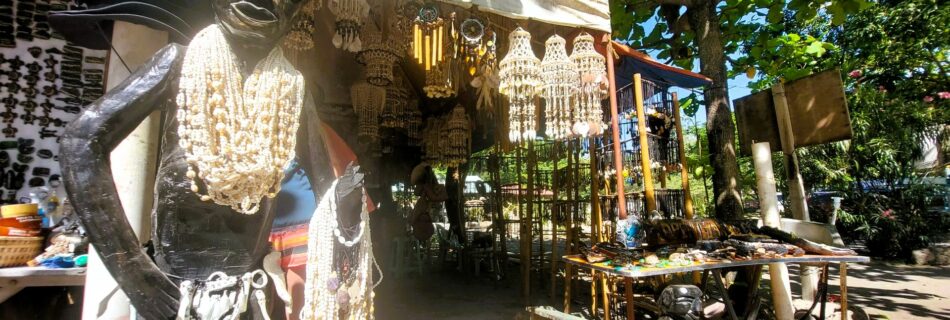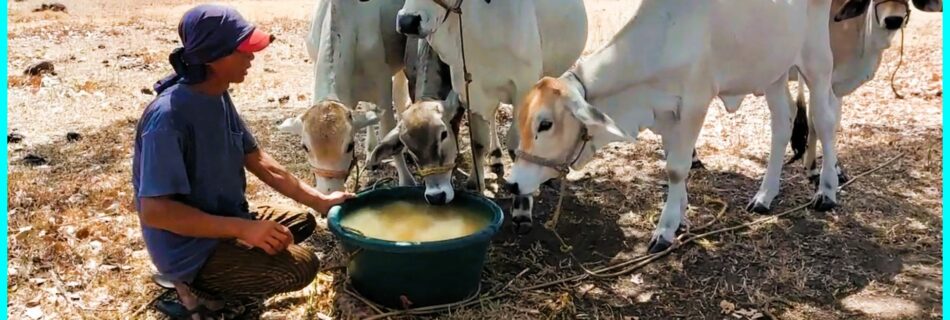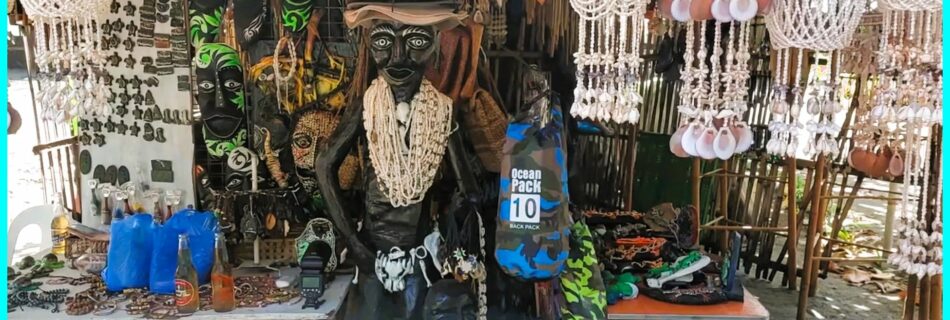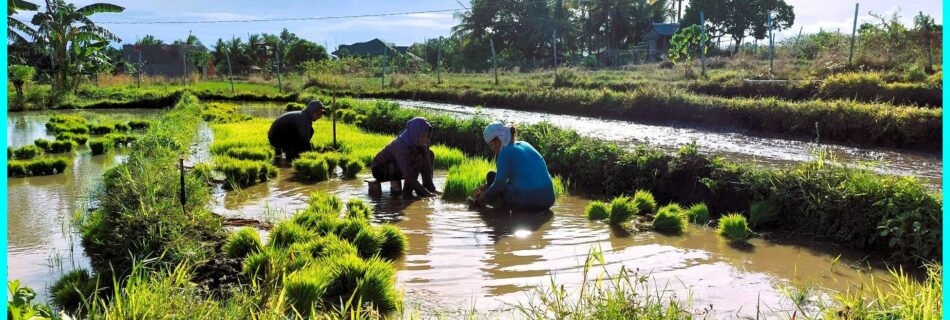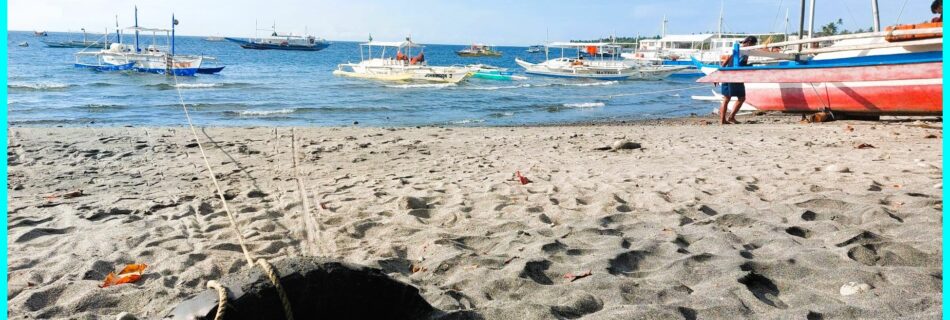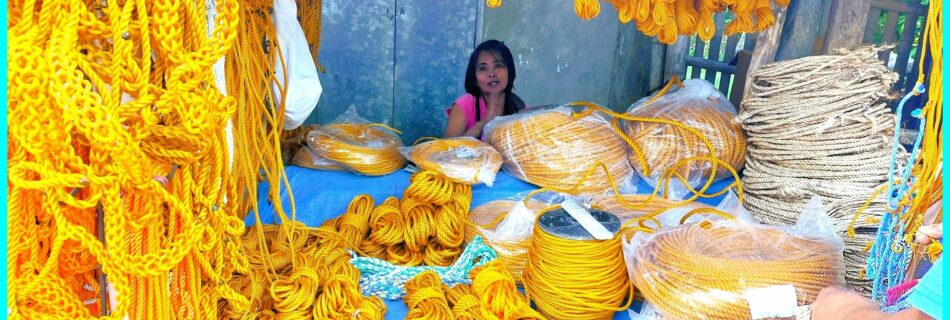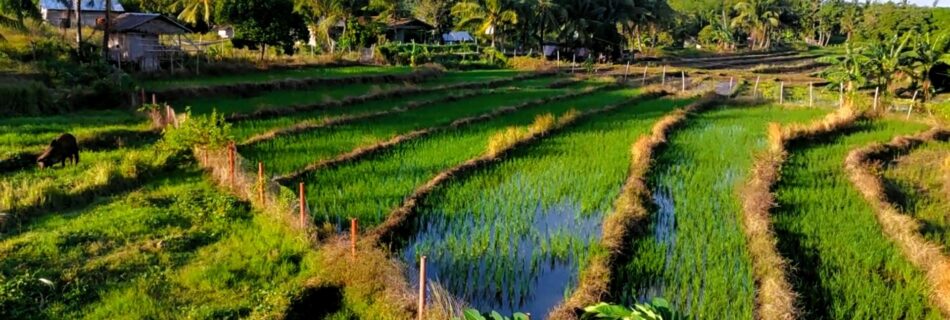Nestled beneath the majestic Mount Talinis, amidst a picturesque landscape of rice paddies teeming with herons and buffaloes, Zamboanguita beckons with its unspoiled charm. Despite several dive resorts, this gem remains largely undiscovered by tourists and offers an authentic Filipino experience to those who venture beyond the more well-known Dauin, known for its exceptional diving. Zamboanguita epitomizes tranquility and safety, offering a haven for those seeking a peaceful escape. If you are interested in safety, please read our comprehensive guide. The name Zamboanguita comes from a captivating story involving an octopus known locally as a ‘coguita’. Long before the arrival of the Spaniards on Negros, fishermen exploited the rich fishing grounds in the area. Legend has it that the Moro fishermen once discovered a coguita caught in their fishing net. When the leader of the group separated the octopus from its catch, he instructed another fisherman to go to the beach, find a tree and hang the octopus. From that day on, every octopus caught was hung on this tree to dry. The locals began to affectionately call the area “Sab-ongan ug coguita”. When the Spaniards arrived, the town was given the name “Zamboangaguita”, which was later shortened to the charming “Zamboanguita”. Explore the allure of this fascinating place and discover the roots of its unique name. Embark on a journey through the quiet and industrious life in the rice fields of Zamboanguita, Negros Oriental, Philippines! ???? On my recent escapade, I stumbled upon the hidden treasures in the hinterlands of Zamboanguita and was irresistibly drawn to the allure of the traditional rice fields. Join me on my journey through the challenging terrain that begins at the turnoff of National Highway 7 and takes you into the heart of these green expanses. The expedition was not without its challenges – the trail became increasingly rough, especially near the local residential areas. Despite these hurdles, my unwavering determination bore fruit, revealing a mesmerizing panorama of paddy fields where hardworking farmers with carabaos and hand tractors prepared the ground for sowing new rice plants. In the midst of this picturesque landscape, I had the privilege of meeting a charming Filipina who had taken up residence at the edge of these rice fields. With a breathtaking view of the island of Apo on one side and Mount Talinis on the other, she told me about her special journey. Originally from Dumaguete City, she had spent an important part of her life in Japan and eventually married a Japanese man. The encounters didn’t end there though – the conversations with the locals revealed a tapestry of incredible stories that illustrated the richness and diversity of human experience. It is truly remarkable how building connections with people allows us to unravel the multi-faceted fabric of life. Don’t miss this glimpse into the rustic beauty of Zamboanguita’s rice fields and the industrious spirits that shape this fertile land. A series of videos about Zamboanguita awaits you, promising a deeper insight into the fascination and culture of this fascinating region. Subscribe now and stay tuned for a fascinating odyssey through the wonders of the Philippines! ???????? As always, there’s a video about it, which I think deserves a little more attention, but maybe that will come 😉 Embarking on a Journey: Discovering the Rice Fields of Zamboanguita’s Brave Farmers

